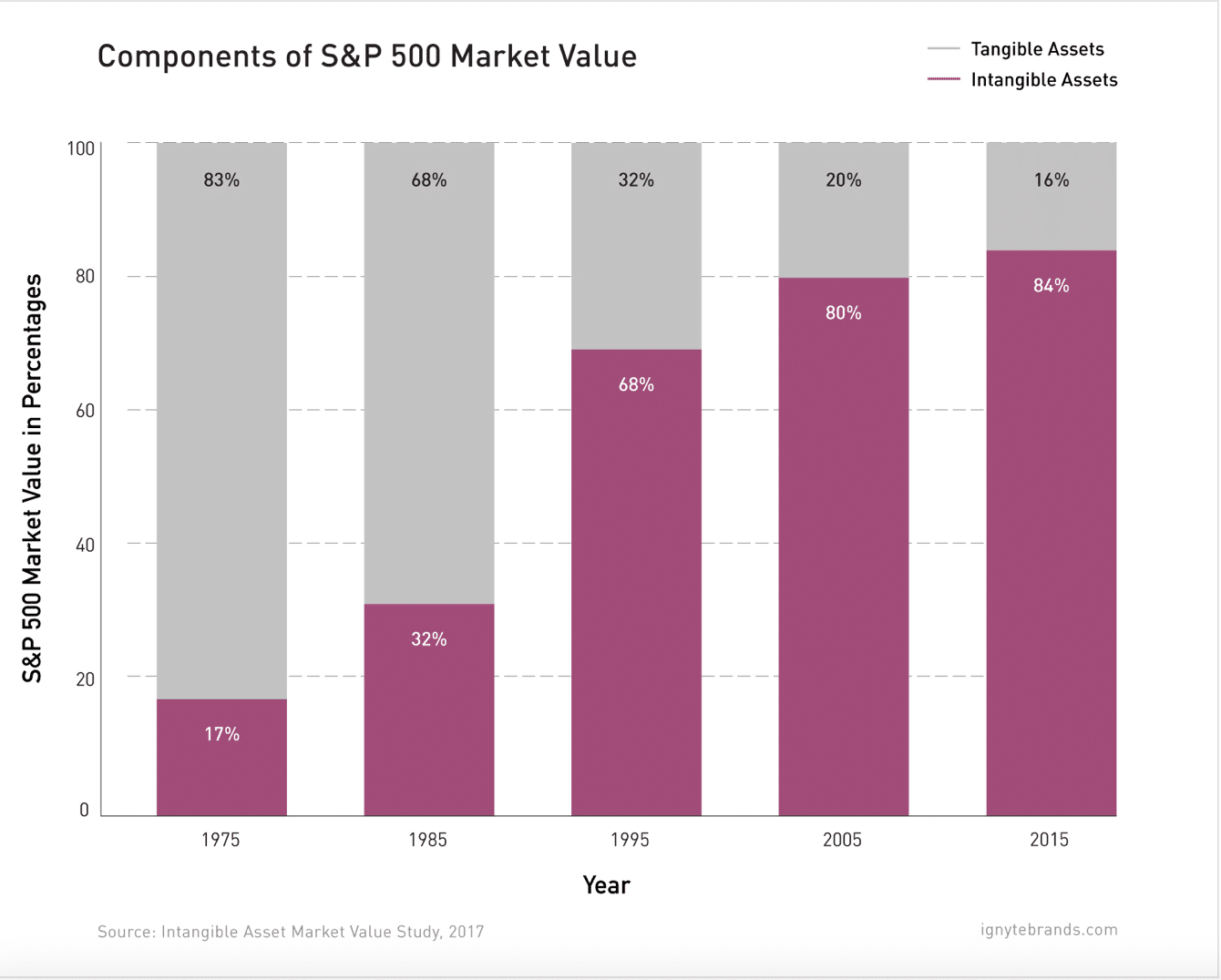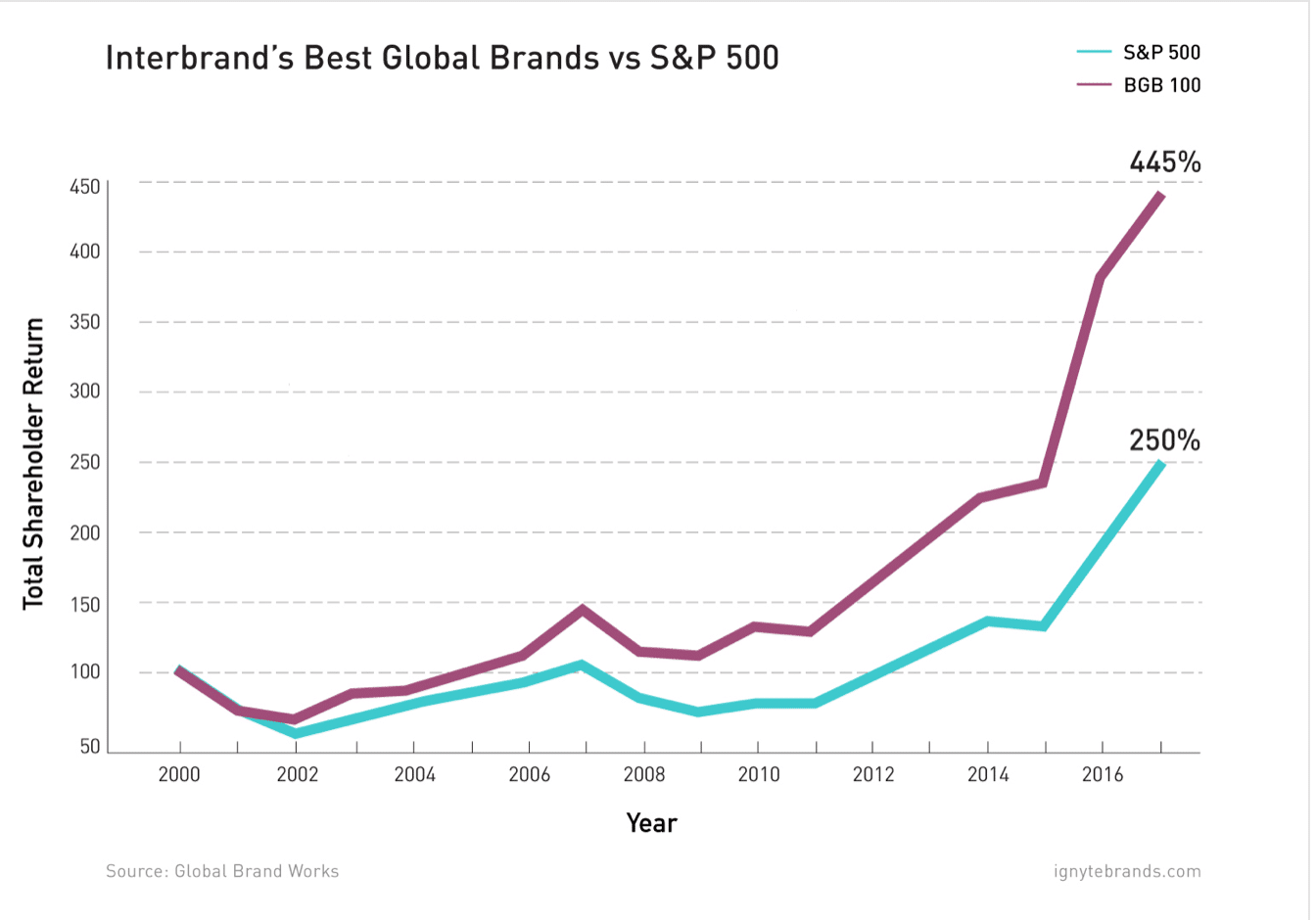Ignyte Brands have published a great report on how to measure the ROI of a brand. We recommend you take the time to read the full article as it contains a lot of useful information that will help you make better choices when it comes to your business.
If however you don’t have the time to do that just now, here are some key points.
ROI per customer
Multiple independent studies of B2C and B2B companies find that a strong brand attracts more customers, at a lower cost per acquisition. Not only that but customers loyal to a brand are happy to pay more and return more often.
Effects on company culture
Your brand is your company’s most valuable asset, but a strong brand will also help attract, motivate, and retain your second most valuable asset: employees. The fact is, the best candidates will always want to work for the best employer brands.
Relation to profits
Ignoring long-term branding in favor of short-term marketing initiatives may work in isolated cases, but the fact is every modern company that has driven above-average profitable growth has invested heavily in building their brand.
Generating shareholder value
The backbone of cult-like brand loyalty, a strong brand will deliver more revenue and profit, more efficiently, year after year, generating more shareholder value along the way.
The value of a strong brand
In 2017, Ocean Tomo released a study that turned heads. It showed that over the past 40 years, the vast majority of the value of the S&P 500 had transformed from tangible to intangible assets.
According to the study, intangible assets had gone from representing 17 percent of the value of the S&P 500 in 1975 to 84 percent of its value in 2015.

Jonathan Knowles at Type 2 Consulting took a closer look at Ocean Tomo’s data, applying a more conservative methodology, and still found that brands account for a full 20 percent of the value of the S&P 500.

It’s clear that while brand itself may be intangible, its value is anything but.
As Interbrand puts it, the market performance of strong brands is “enduring proof that investment in long-term brand-building enables businesses to thrive over time and survive market volatility.”
What about pricing?
As Warren Buffet says, “the single most important decision in evaluating a business is pricing power. If you’ve got the power to raise prices without losing business to a competitor, you’ve got a very good business.”
Where does pricing power come from?
You guessed it: strong brands. Pricing power is one of the most valuable components to the ROI of branding.
According to a large study by Millward Brown analyzing consumer habits, strong brands can capture, on average, three times the sales volume of weak brands.
That’s the power strong brands wield. The same study showed strong brands commanded a 13 percent price premium over weak brands.
The risks?
Some CEOs simply fail to appreciate the long game that is central to branding’s ROI. They are smitten with the immediate attribution of marketing activation.
The result is what many have dubbed short-termism, a dangerous mindset that leads to over-investment in inefficient activation and under-investment in the cumulative power of branding.
The comprehensive report titled “Media in Focus” shows that optimal effectiveness is achieved when about 60 percent of a company’s marketing budget is devoted to brand building, and around 40 percent to marketing activation.
How effective are you, as a leader, in making choices for your brand?

Previous Next